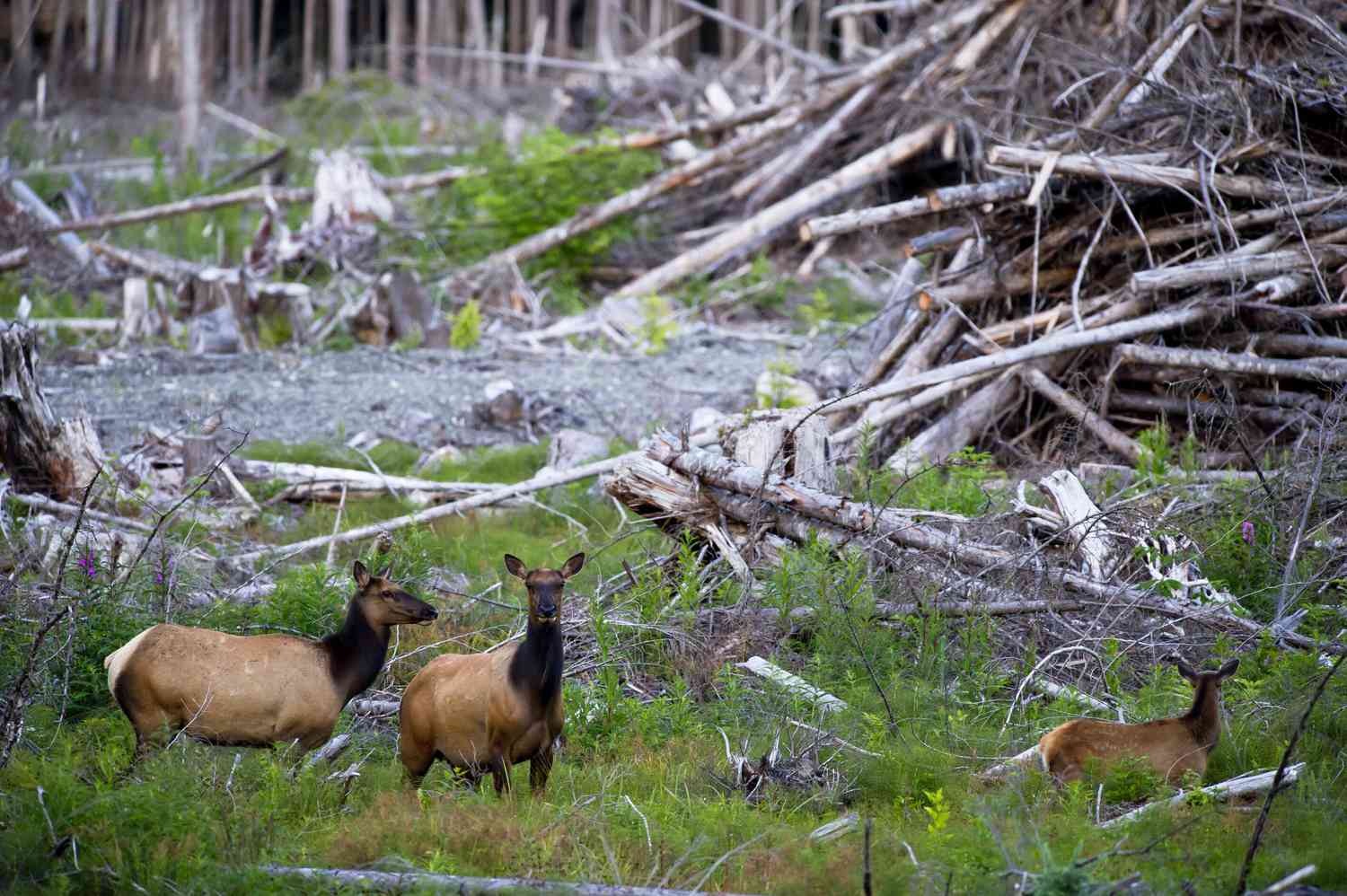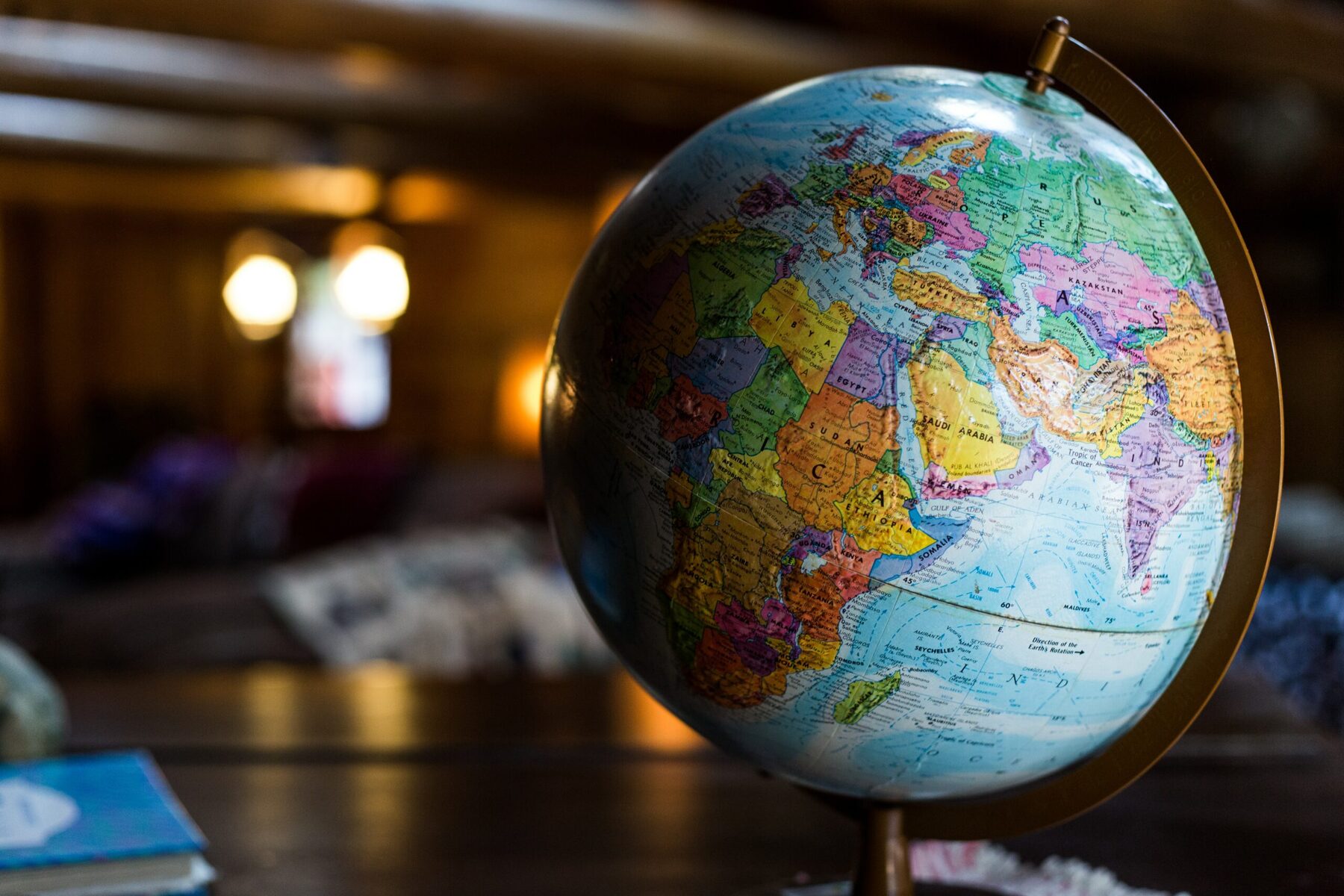
Habitat destruction is a critical environmental issue that has far-reaching consequences for the planet and all living organisms. It refers to the process of modifying or destroying natural habitats, such as forests, wetlands, and grasslands, either for human development or as a result of natural disasters. The alarming rate at which habitats are being destroyed has raised concerns among environmentalists, scientists, and policymakers alike.
This article will delve into 13 mind-blowing facts about habitat destruction and shed light on the devastating impact it has on both wildlife and ecosystems. From the destruction of the Amazon rainforest to the rapid decline of coral reefs, these facts will highlight the urgency and importance of addressing habitat destruction as a global issue. So, buckle up and prepare to be amazed by the astonishing realities surrounding habitat destruction.
Key Takeaways:
- Habitat destruction is causing species to disappear and disrupting the balance of nature. Urgent action is needed to protect our planet’s ecosystems and preserve biodiversity for future generations.
- Human activities like deforestation and urbanization are destroying habitats and threatening the survival of wildlife and indigenous communities. Conservation efforts are crucial to combat habitat destruction and preserve our natural world.
Habitat destruction is the primary cause of species extinction.
The destruction and fragmentation of habitats directly contribute to the decline in species populations, pushing many towards the brink of extinction.
Approximately 30% of Earth’s land is currently affected by habitat destruction.
Human activities such as agriculture, logging, and infrastructure development have transformed significant portions of our planet’s land, leaving a lasting impact on ecosystems.
The rainforests are disappearing at an alarming rate.
Every year, around 18 million acres of forests, equivalent to 27 soccer fields every minute, are lost primarily due to human activities like logging, mining, and clearing land for agriculture.
Coral reefs are highly vulnerable to habitat destruction.
Activities like overfishing, pollution, and coastal development are rapidly degrading coral reef habitats, endangering these diverse and fragile ecosystems.
Habitat destruction disrupts ecological balance.
By removing crucial habitats, species that rely on them for survival face increased competition, reduced food availability, and loss of nesting or breeding sites.
Fragmented habitats hinder animal migration patterns.
Habitat destruction creates barriers that limit the ability of animals to move freely, disrupting their natural migration patterns and leading to isolation and population decline.
Deforestation contributes to climate change.
Tropical deforestation is a significant contributor to greenhouse gas emissions, as the loss of trees reduces the planet’s capacity to absorb carbon dioxide.
Urbanization leads to habitat loss for wildlife.
The expansion of cities and infrastructure encroaches upon natural habitats, leaving wildlife without adequate space and resources to survive.
Habitat destruction impacts indigenous communities.
Many indigenous communities rely on intact habitats for their livelihoods and cultural practices. Habitat destruction threatens their way of life and traditional knowledge.
Wetland destruction affects water purification.
Wetlands play a crucial role in cleansing water by filtering pollutants, but habitat destruction has led to the degradation and loss of these vital ecosystems.
Habitat destruction increases the risk of disease transmission.
Disrupted habitats can force wildlife to seek shelter in urban areas, increasing the chances of human-wildlife interactions and the transmission of zoonotic diseases.
Habitat destruction can have cascading effects on ecosystems.
When one habitat is destroyed, it can disrupt the intricate web of interactions between species, leading to a domino effect on other dependent organisms.
Conservation efforts are crucial to combating habitat destruction.
By implementing conservation strategies such as protected areas, habitat restoration, and sustainable land use practices, we can mitigate the impacts of habitat destruction and preserve our planet’s biodiversity.
As we reflect upon these 13 mind-blowing facts about habitat destruction, it becomes evident that urgent action is needed to address this pressing issue. The protection and restoration of habitats are vital not only to safeguard the incredible diversity of life on Earth but also to ensure the well-being of future generations. Together, we must work towards a more sustainable and harmonious relationship with our environment.
Conclusion
In conclusion, habitat destruction is a pressing issue that affects not only the biodiversity of our planet, but also the delicate balance of ecosystems. The mind-blowing facts presented in this article highlight the severity of this problem and underscore the urgent need for conservation efforts.From the staggering rate at which forests are disappearing to the alarming impact on endangered species, habitat destruction has far-reaching consequences. Our actions, which include deforestation, urbanization, and pollution, are devastating natural habitats and disrupting the intricate web of life that exists on Earth.It is crucial that we recognize the importance of preserving and restoring habitats. By implementing sustainable practices, supporting conservation initiatives, and advocating for stricter regulations, we can work towards mitigating the negative effects of habitat destruction. The future of our planet and its diverse ecosystems depend on our collective efforts to protect and restore habitats.Together, let us strive to make a positive impact and ensure a sustainable future for all species that call Earth their home.
FAQs
1. What is habitat destruction?
Habitat destruction refers to the process where natural habitats, such as forests, wetlands, or coral reefs, are degraded, altered, or completely eliminated. This can occur due to human activities such as deforestation, urbanization, mining, or pollution.
2. What are the main causes of habitat destruction?
The main causes of habitat destruction include deforestation for agriculture or logging purposes, urban expansion, industrial development, mining, pollution, and climate change. These activities result in the loss, fragmentation, or degradation of natural habitats.
3. What are the consequences of habitat destruction?
Habitat destruction has significant consequences for both wildlife and humans. It leads to the loss of biodiversity, threatens the survival of numerous plant and animal species, disrupts ecosystems, reduces available food and resources, increases the risk of natural disasters, and contributes to climate change.
4. How does habitat destruction affect endangered species?
Habitat destruction is a leading cause of species endangerment and extinction. When their habitats are destroyed or fragmented, endangered species lose access to food, shelter, and breeding grounds, making their survival increasingly difficult. This further exacerbates the threat to their population.
5. What can be done to address habitat destruction?
Addressing habitat destruction requires collective efforts. Conservation measures include creating protected areas, implementing sustainable land-use practices, promoting reforestation and habitat restoration, reducing pollution and carbon emissions, and supporting education and awareness programs to encourage responsible actions.
Habitat destruction's devastating impact on our planet is undeniable, but hope remains. Protecting wildlife sanctuaries, understanding human impact on ecosystems, and celebrating World Turtle Day are essential steps towards preserving Earth's biodiversity. By learning more about these critical topics, you can become an advocate for conservation and help ensure a thriving future for all species.
Was this page helpful?
Our commitment to delivering trustworthy and engaging content is at the heart of what we do. Each fact on our site is contributed by real users like you, bringing a wealth of diverse insights and information. To ensure the highest standards of accuracy and reliability, our dedicated editors meticulously review each submission. This process guarantees that the facts we share are not only fascinating but also credible. Trust in our commitment to quality and authenticity as you explore and learn with us.


